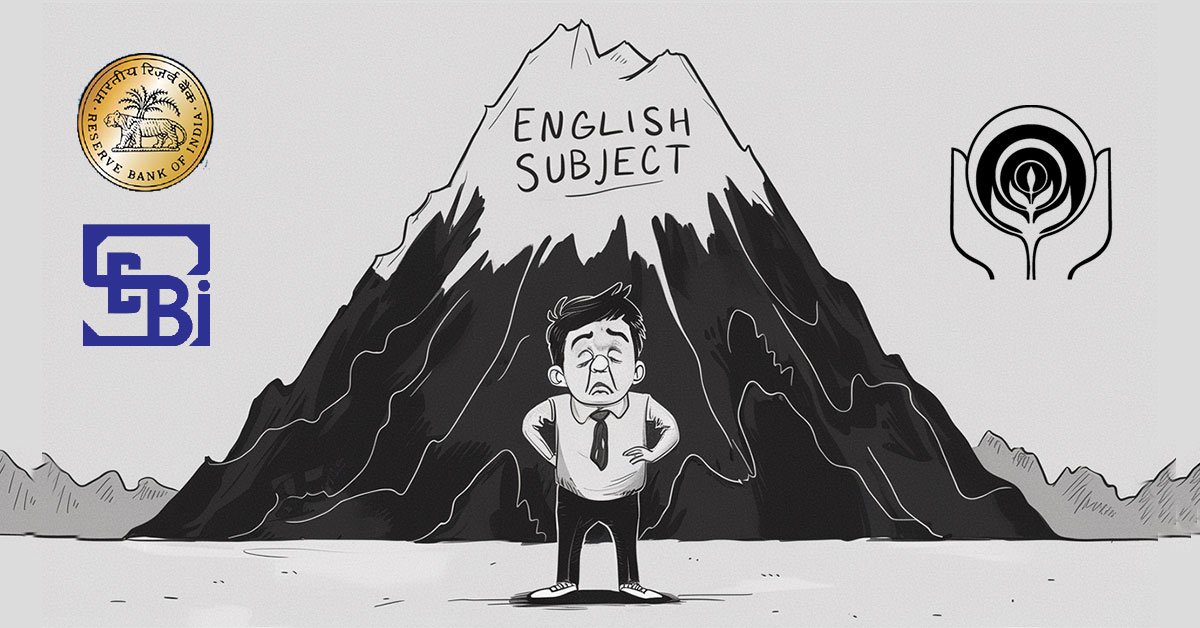Context:
The Department of Fertilizers has prohibited fertiliser companies from planning any plant shutdowns in FY2025–26, citing the need to ensure adequate urea availability during both kharif and rabi seasons. The directive was issued via a government note dated July 3, 2025, shared with top urea manufacturers.
Urea is the most widely used nitrogenous fertilizer in India and globally. With a high nitrogen content (46%), it plays a crucial role in enhancing plant growth and increasing crop yields. Amid rising concerns over fertilizer shortages and import dependency, understanding urea’s utility and proper usage is vital.
Key Features of Urea Fertilizer
- Primary Nitrogen Source: Urea provides nitrogen—a critical nutrient for vegetative growth, particularly in cereals and high-yield crops.
- High Nutrient Efficiency: Contains 46% nitrogen by weight, making it highly efficient and cost-effective.
- Mechanism of Action:
- Undergoes hydrolysis and nitrification in soil to release nitrogen as ammonium (NH₄⁺) and nitrate (NO₃⁻), both absorbable by plants.
- Enhanced Crop Yields: Boosts foliage development, chlorophyll synthesis, and overall productivity.
- Versatility: Suitable for a wide range of crops and climatic zones.
- Other Uses: Also used in animal feed, resins, adhesives, and pharmaceuticals.
Best Practices in Urea Application
- Proper Application: Apply based on crop-specific requirements to avoid overuse.
- Soil Incorporation: In dry or warm climates, mix into soil to minimize nitrogen loss via volatilization.
- Timing & Placement:
- Apply during key vegetative stages for maximum uptake.
- Avoid surface application before rainfall or irrigation to reduce leaching.
- Avoiding Overuse: Excess nitrogen may lead to:
- Soil acidification
- Water pollution (nitrate leaching)
- Increased greenhouse gas emissions (N₂O)
Challenges & Environmental Considerations
- Nitrogen Loss: Up to 50% nitrogen can be lost due to volatilization or leaching if poorly managed.
- Pollution Risk: Improper use contributes to eutrophication in water bodies and air pollution via ammonia volatilization.
- Sustainability Concerns: Need for balanced fertilization (e.g., combining urea with phosphates, potash, or nano-urea) to ensure long-term soil health.



















